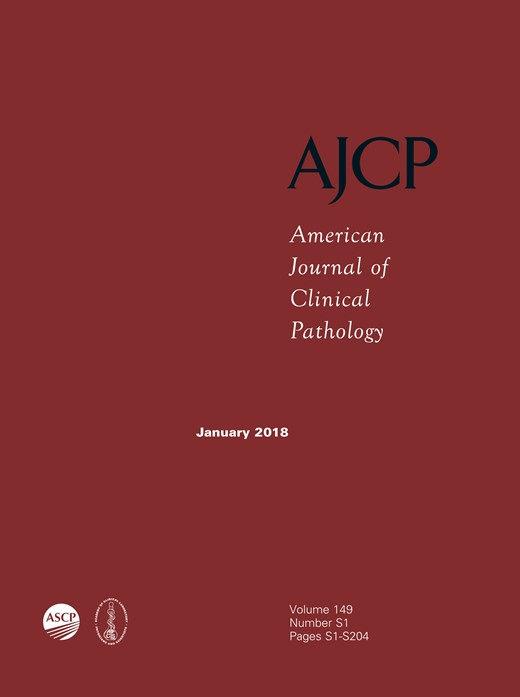-
PDF
- Split View
-
Views
-
Cite
Cite
Jeffrey Mohlman, Ronald Weiss, Jonathan Genzen, Robert Schmidt, 358 Risk Stratification of Laboratory Developed Tests—Application of New York State Department of Health Criteria, American Journal of Clinical Pathology, Volume 149, Issue suppl_1, January 2018, Page S156, https://doi.org/10.1093/ajcp/aqx130.357
Close - Share Icon Share
Abstract
Risk stratification of laboratory developed tests (LDTs) has been proposed as a fundamental component in their regulatory oversight. Few LDT regulatory proposals, however, include examples of stratification for common and/or esoteric tests. We recently conducted a risk stratification exercise, attempting to classify representative LDTs using separate stratification methods proposed by the Food and Drug Administration and three professional organizations. As the New York State Department of Health (NYDOH) has recently implemented rules for regulating LDTs that include risk stratification criteria, the objective of the present study was to apply NYDOH LDT risk stratification criteria to the same four representative LDTs, and evaluate NYDOH criteria for overall ease of use, clarity, and stratification outcome.
Four representative LDTs (BCR-ABL1 mutation by next generation sequencing, serotonin release assay, cytomegalovirus by quantitative PCR, and ERBB2 [Her2] by immunohistochemistry) were selected to represent a variety of methodologies and clinical applications. A risk stratification exercise was conducted applying NYDOH criteria to these four tests. NYDOH criteria include determination of 1) whether a methodology is “well-established,” b) whether information is a “key determinant” in clinical care, and c) whether an incorrect result would have a “high impact.”
In this evaluation, all four tests were classified as moderate risk using NYDOH criteria, as all tests used “well-established” methodologies, are “key determinants,” and would have “high impact” on patient care if an incorrect result were reported. Criteria were in general clearly defined and relatively easy to apply.
Characterization of a methodology as “well-established” precludes any LDT from being considered high risk in the NYDOH stratification criteria. Characterization of “key determinant” and “impact” were somewhat subjective, as they may also relate to overall clinical management, which varies by provider and clinical context.




